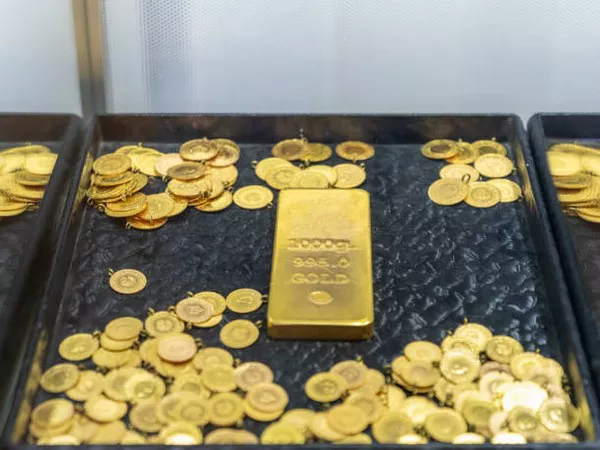Gold, a precious metal that has fascinated humanity for centuries, has long been a symbol of wealth and stability. Investors and enthusiasts alike often track its value with great interest. The question that frequently arises is, “What is an ounce of gold worth?” This article aims to delve into the factors influencing the value of gold, the historical significance of its worth, and the contemporary dynamics that determine its price in the global market.
Understanding the Basics:
Before delving into the intricacies of gold valuation, it is essential to understand the basic unit of measurement – the ounce. In the context of gold, the troy ounce is the standard measurement, weighing approximately 31.1035 grams. Unlike the avoirdupois ounce used in everyday life, the troy ounce is the standard for precious metals, including gold.
Historical Significance:
Gold has been a coveted asset for millennia, revered for its rarity and enduring value. Throughout history, gold has served as a medium of exchange, a store of value, and a symbol of wealth. In ancient civilizations, gold coins were used as currency, and gold artifacts adorned the tombs of pharaohs and kings.
During the gold standard era, which prevailed in the 19th and early 20th centuries, many countries pegged their currencies to a specific amount of gold. This practice provided a tangible link between paper money and a physical commodity, fostering confidence in the stability of currencies.
Factors Influencing the Value of Gold:
Several factors contribute to the value of gold, making it a dynamic and multifaceted commodity in the financial world.
Supply and Demand: Like any other commodity, the basic economic principle of supply and demand plays a significant role in determining the value of gold. Limited supply, coupled with high demand, tends to drive prices higher.
Inflation and Deflation: Gold has often been viewed as a hedge against inflation. During times of economic uncertainty or rising inflation, investors often turn to gold as a safe haven, thereby increasing its demand and value. Conversely, during periods of deflation or economic stability, the demand for gold may decrease.
Central Bank Reserves: The decisions of central banks regarding their gold reserves can impact the overall gold market. Central banks may buy or sell gold to manage their currency’s stability or to diversify their reserves.
Geopolitical Events: Geopolitical tensions and global uncertainties can drive investors to seek refuge in gold, driving up its value. Events such as political instability, wars, or trade disputes can significantly impact the price of gold.
Interest Rates: The relationship between interest rates and gold prices is complex. Generally, when interest rates are low, the opportunity cost of holding gold is reduced, making it more attractive to investors. Conversely, when interest rates rise, the opportunity cost of holding gold increases, potentially leading to a decrease in demand and value.
Contemporary Dynamics:
In the modern era, gold is traded on various financial markets, with prices quoted in major currencies such as the US Dollar. The London Bullion Market Association (LBMA) and the COMEX division of the New York Mercantile Exchange (NYMEX) are among the primary platforms for gold trading.
As of the current market trends, the value of an ounce of gold can fluctuate daily based on market sentiment, economic indicators, and geopolitical developments. Investors closely monitor gold prices, using them as a barometer for economic health and global stability.
The Role of Technology:
In recent years, technology has played a pivotal role in shaping the gold market. Online trading platforms and digital marketplaces have made it easier for investors to buy and sell gold, contributing to increased liquidity and price transparency. Additionally, financial instruments such as gold exchange-traded funds (ETFs) have provided investors with alternative ways to gain exposure to gold without physically owning the metal.
Conclusion:
In conclusion, the question of what an ounce of gold is worth is a nuanced one, influenced by a myriad of factors ranging from historical significance to contemporary market dynamics. Gold’s enduring allure as a safe haven and store of value persists, making it a fascinating and integral component of the global financial landscape. As investors navigate the ever-changing currents of the market, the value of gold will continue to reflect the intricate interplay of economic forces and human sentiment.


